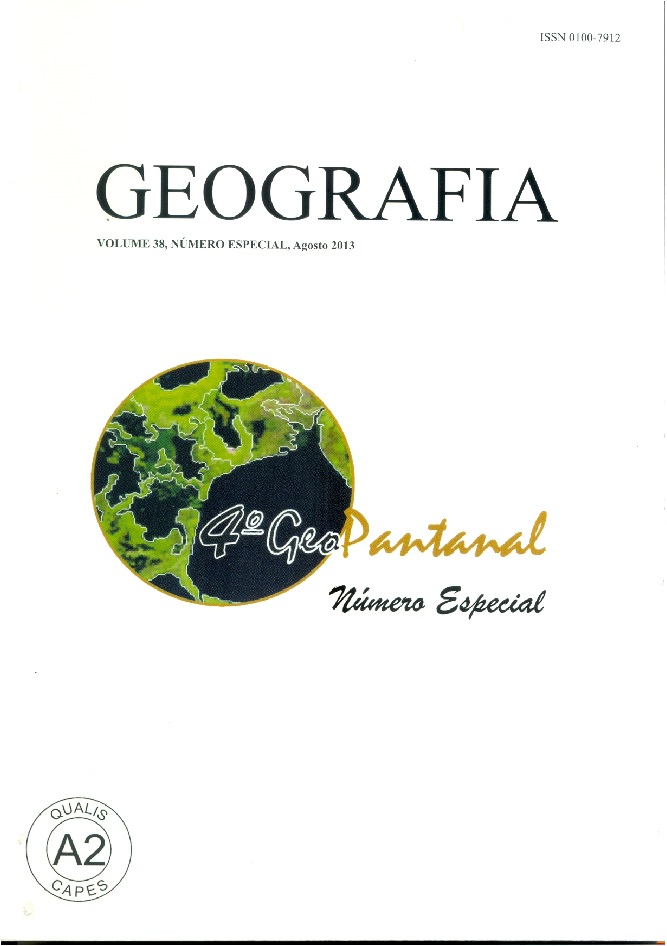A SAR FINE AND MEDIUM SPATIAL RESOLUTION APPROACH FOR MAPPING THE BRAZILIAN PANTANAL
Resumen
The objective of this research was to utilize a dual season set of L-band (ALOS/PALSAR) and C-band (RADARSAT-2 and ENVISAT/ASAR) imagery, a comprehensive set of ground reference data, and a hierarchical object-oriented approach to 1) define the diverse habitats of the Lower Nhecolândia subregion of the Pantanal at both a fine spatial resolution (12.5 m), and a relatively medium spatial resolution (50 m), thus evaluating the accuracy of the differing spatial resolutions for land cover classification of the highly spatially heterogeneous subregion, and, 2) to define on a regional scale, using the 50 m spatial resolution imagery, the wetland habitats of each of the hydrological subregions of the Pantanal, thereby producing a final product covering the entire Pantanal ecosystem. The final classification maps of the Lower Nhecolândia subregion were achieved at overall accuracies of 83% and 72% for the 12.5 m and 50 m spatial resolutions, respectively, defining seven land cover classes. In general, the highest degree of confusion for both fine and medium resolution Nhecolândia classifications were related to the following issues: 1) scale of habitats, for instance, capões, cordilheiras, and lakes, in relation to spatial resolution of the imagery, and 2) variable flooding patterns in the subregion. Similar reasons were attributed to the classification errors for the whole Pantanal. A 50 m spatial resolution classification of the entire Pantanal wetland was achieved with an overall accuracy of 80%, defining ten land cover classes. Given the analysis of the comparison of fine and relatively medium spatial resolution classifications of the Lower Nhecolândia subregion, the authors concluded that significant improvements in accuracy can be achieved with the finer spatial resolution dataset, particularly in subregions with high spatial heterogeneity in land coverDescargas
Publicado
Número
Sección
Licencia
Los autores mantienen los derechos de autor y otorgan a GEOGRAFIA el derecho de primera publicación, estando los artículos licenciados simultáneamente bajo la Licencia Creative Commons BY 4.0, que permite compartir y adaptar los artículos para cualquier propósito, siempre que se cumplan los créditos y disposiciones de derechos de imagen, privacidad. o derechos morales. Se puede acceder a otras atribuciones legales en: https://creativecommons.org/licenses/by/4.0/legalcode.en.

Geografia, Rio Claro, SP, Brasil- eISSN 1983-8700 - Licencia Creative Commons BY 4.0,





